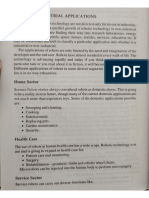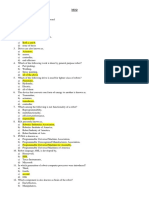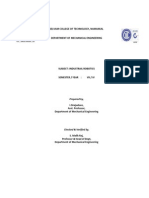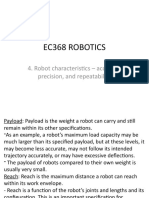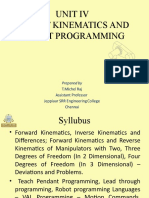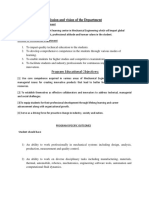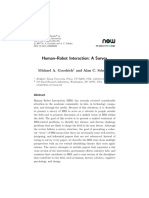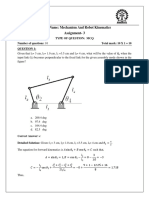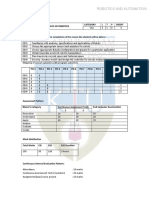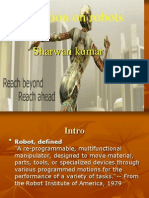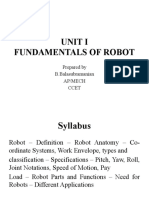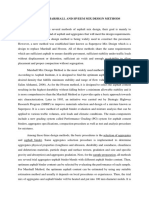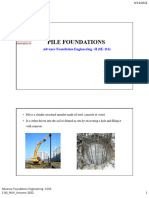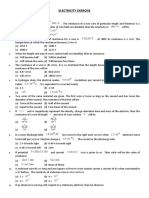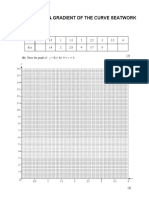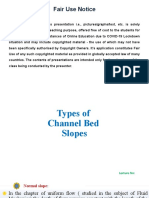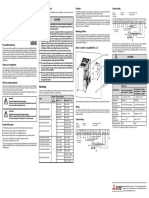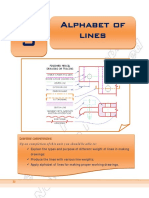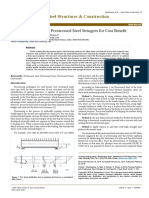0% found this document useful (0 votes)
465 views20 pagesRobotics Unit 1 Notes
The document discusses the basics of robotics including components, laws of robotics, types of robots, applications, and anatomy. It covers topics such as sensors, end effectors, actuators, degrees of freedom, and robot configurations including polar, cylindrical, cartesian and jointed arm.
Uploaded by
KirthivasanCopyright
© © All Rights Reserved
We take content rights seriously. If you suspect this is your content, claim it here.
Available Formats
Download as DOCX, PDF, TXT or read online on Scribd
0% found this document useful (0 votes)
465 views20 pagesRobotics Unit 1 Notes
The document discusses the basics of robotics including components, laws of robotics, types of robots, applications, and anatomy. It covers topics such as sensors, end effectors, actuators, degrees of freedom, and robot configurations including polar, cylindrical, cartesian and jointed arm.
Uploaded by
KirthivasanCopyright
© © All Rights Reserved
We take content rights seriously. If you suspect this is your content, claim it here.
Available Formats
Download as DOCX, PDF, TXT or read online on Scribd
/ 20














